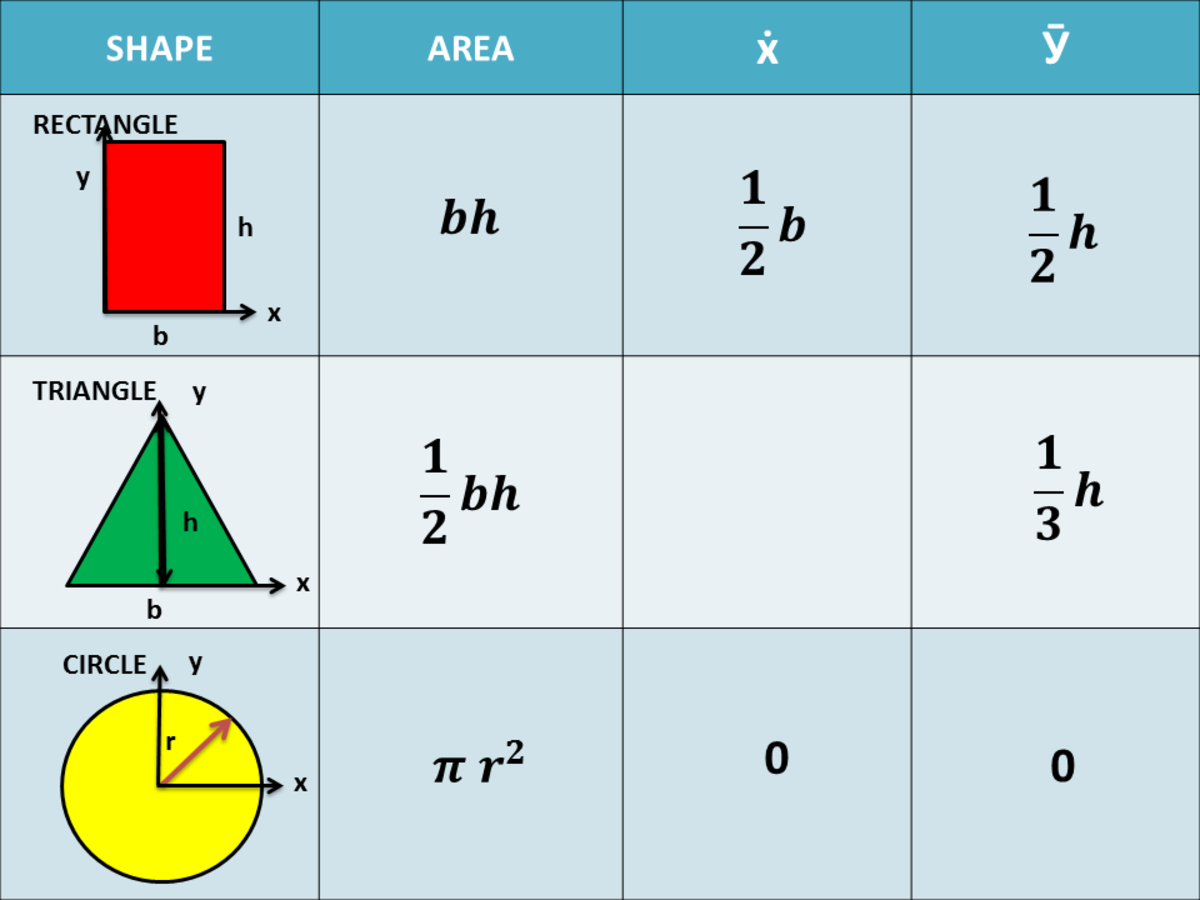

Moreover, if the torque is applied to an object which is already spinning in the same direction in which it is spinning, it upsurges its angular velocity. Hence, it is torque what gets rotatable objects spinning when they are standing still. In simple words, the wind is applying torque to the turbine. But how is it doing so? Well, the wind is pushing the turbine's blade by applying force to blades at some angles and radius from the axis of rotation of the turbine. We all know that it's the wind that makes the turbine spins.

Let's take the example of a wind turbine. To see this, we need to find out how objects in rotational motion get moving or spinning in the first position. Now, when we know what the angular momentum and torque are, let's see how these two are related.

Torque is related to angular momentum in a way similar to how force is related to linear momentum. Here, torque is defined as the rate of change of angular momentum. The right-hand thumb rule gives the direction of angular momentum and states that if someone positions his/her hand in a way that the fingers come in the direction of r, then the fingers on that hand curl towards the direction of rotation, and thumb points towards the direction of angular momentum (L), angular velocity, and torque.įor a continuous rigid object, the total angular momentum is equal to the volume integral of angular momentum density over the entire object. The direction of the angular momentum vector, in this case, is the same as the axis of rotation of the given object and is designated by the right-hand thumb rule. In this case, the angular momentum is derivable from the below expression: Moreover, angular momentum can also be formulated as the product of the moment of inertia (I) and the angular velocity (ω) of a rotating body. R = radius, i.e., distance amid the object and the fixed point around which it revolves. The angular momentum of an object having mass (m) and linear velocity (v) with respect to a fixed point can be given as: s -1įormula to calculate angular momentum (L) = mvr, where m = mass, v = velocity, and r = radius. Units = It is measured in SI base units: Kg.m 2. Symbol = As the angular momentum is a vector quantity, it is denoted by symbol L^ Some vital things to consider about angular momentum are: However, in the case of a spinning body, the angular momentum is the summation of mvr for all the particles making the object. It is given as the product of mass (m) and linear velocity (v) of the object multiplied by the distance (r) perpendicular to the direction of its motion, i.e., mvr. For an orbiting object, the magnitude of the angular momentum is equal to its linear momentum. In another way, angular momentum is a vector quantity that requires both the magnitude and the direction. The total angular momentum of a body is the sum of spin and orbital angular momentum. For instance, the annual revolution that the Earth carries out about the Sun reflects orbital angular momentum and its everyday rotation about its axis shows spin angular momentum.įrom this example, we can easily conclude that angular momentum is of two types. The Earth’s rotation and revolution are the best real-life examples of angular momentum. Angular momentum, in physics, is a property that characterizes the rotatory inertia of an object in motion about the axis that may or may not pass through the specified object.


 0 kommentar(er)
0 kommentar(er)
